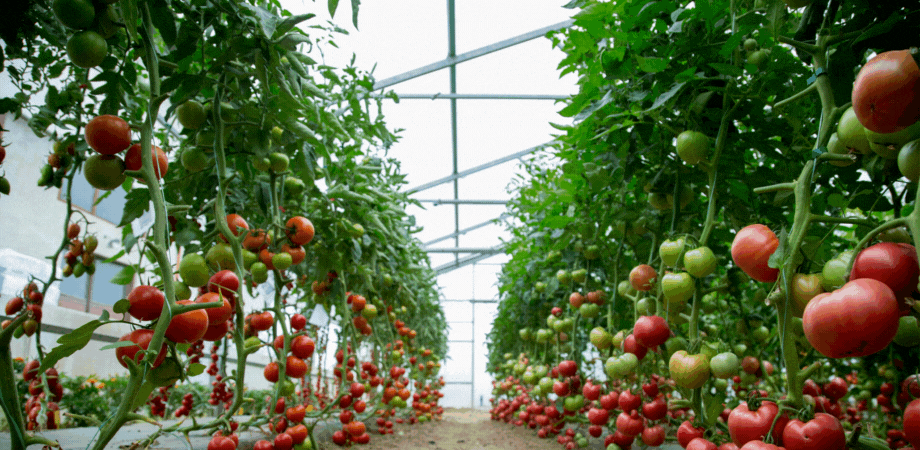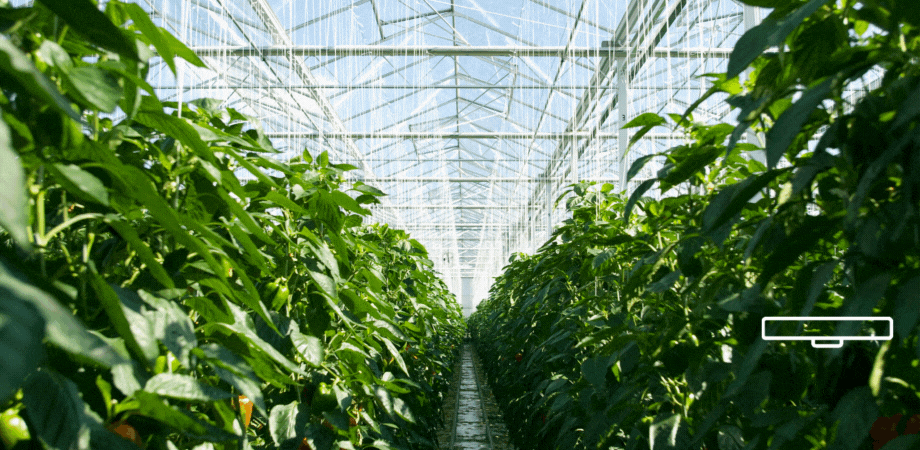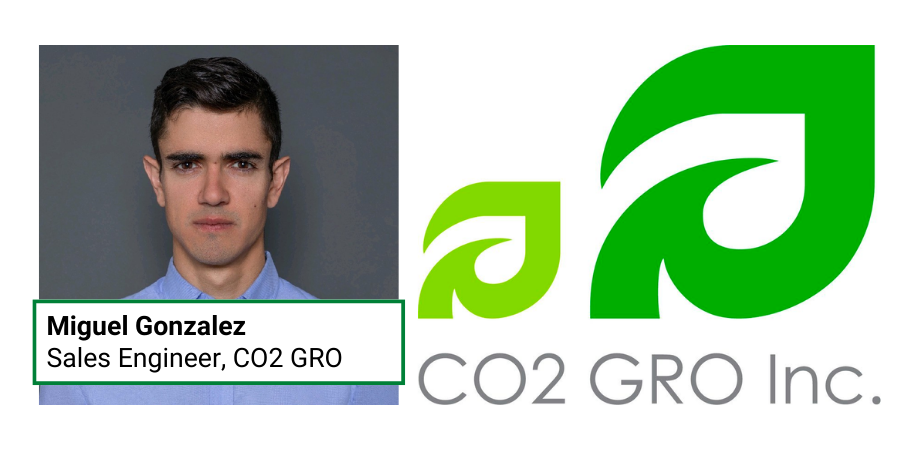What is protected agriculture?
According to this article in Hortidaily magazine, “For greenhouse vegetable production, the most commonly used definition is: “only permanent structures covered with glass or plastic, and generally excluding simple high or low tunnels, shade houses, etc.” Other definitions add to the permanent structure requirement “with climate controls”, and “with computerized irrigation systems”. The definition of protected agricultural production includes “mulches, row covers, shade structures, greenhouses, etc. Any type of method or structure used to extend the growing season of plants.”
In an updated publication by Cuesta Roble Consulting (referenced in the article above) the estimated Global Greenhouse Vegetable Area is nearly 500,000 hectares (over 50 billion square feet) and Global Protected Agriculture Vegetable Area is 5.6 million hectares (600 billion square feet). Note that by the definition above, the 50 billion square feet of greenhouses are included in the 600 billion square feet of covered/protected structures.
There are several things in common between all of these grow structures, regardless of how they are defined. For example:
- Protected grows are any type of method or structure used to extend the growing season of plants. Whether a high-tech greenhouse or a simple open air net house, the goal of protected facilities is to extend the growing season to as close to year-round as possible and to control as much of the environmental factors doing do to increase yield significantly more than what is achievable in an outdoor setting.
- Nearly all of these protected grow structures either have open sides, open ends, open roofs, porous covers or periodically vent in warmer months as in the case of sealed greenhouses. This makes atmospheric CO2 enrichment to optimum yield levels of over 800 part per million (ppm) continuously throughout the grow cycle very difficult or impossible to maintain. The result is peak plant growth and therefore profits cannot be maximized as potentially 20% to 30% more plant yield is being “left on the row” without CO2 enrichment.
Assuming vegetable production of approximately 5 kg/m2, that’s nearly 300 million metric tons per year of vegetables produced from protected agriculture. An additional 20%-30% yield is possible by providing optimal CO2 levels for peak plant growth. That’s an additional 60-90 million metric tons of vegetables that could be produced from existing protected grow facilities worldwide, enough to feed up to half a billion people per year (USDA’s data shows Americans eat about 273 pounds of fruit and 415 pounds of vegetables per year).
What types of protected grow structures are there?
Greenhouse: A greenhouse (also called a glasshouse, or, if with sufficient heating, a hothouse) is a structure with walls and roof made chiefly of transparent material, such as glass or plastic, in which value plants requiring regulated climatic conditions are grown. Greenhouses often vent hot air either through extraction fans or open side walls and roofs, typically during warmer spring through fall months. Maintaining higher levels of CO2 gas above 800 ppm in the greenhouse during these venting periods is extremely difficult. Most greenhouses can only operate at ambient CO2 levels of 400-500 ppm during these venting periods, therefore having CO2 as the limiting factor to enhancing plant growth during warm periods.

Greenhouse with open roofs to vent hot air.
Hoop house: Constructed from a tubular steel frame covered in heavy-duty plastic, it’s a type of passive solar greenhouse in which crops grow directly in the soil but are sheltered by the structure. With no artificial lighting or temperature controls, a hoop house is relatively inexpensive to buy and operate. Hoop houses typically have the same venting requirements, usually with open sides. Again, optimal CO2 gassing becomes very difficult during venting periods, making optimal CO2 levels the limiting factor to enhancing plant growth.

Hoop house with open side walls to vent hot air.
Tunnel grow: A high tunnel (Seasonal Tunnel System for Crops) is typically a polyethylene (plastic) covered structure that allows growers to increase production of certain crops, grow some crops that could not otherwise be grown in their area, and extend the length of time in the year (growing season) that the crops may be grown. Again, optimal CO2 gassing becomes very difficult with open ends and sides, making CO2 the limiting factor to enhancing plant growth.

Tunnels with open ends for air flow.
Net House / Shade House: A Shade house is a structure enclosed by agro nets or any other woven material to allow required sunlight, moisture and air to pass through the gaps. It creates an appropriate micro climate conducive to growing, also referred to as a shade house or net house. Again, optimal CO2 gassing becomes very difficult with porous netting, making CO2 the limiting factor to enhancing plant growth.

Net house from which air easily escapes through the porous netting.
How can all of these protected grow structures provide their plants with additional CO2 if gassing is not feasible?
The answer: CO2 Delivery Solutions™. CO2 GRO Inc. has developed a cutting-edge technology that changes the way protected growers provide CO2 to their plants. CO2 Delivery Solutions™ is a revolutionary technology that enables all protected growers to provide additional carbon to their plants for enhancing plant growth. The technology dissolves and saturates CO2 gas into water creating a saturated CO2 solution. The solution is then misted directly onto the plant’s canopy for a few seconds two to three times an hour during the light phase. The saturated CO2 mist creates a microfilm of the solution on the leaf surface, isolating the leaf surface from the atmosphere. This creates a diffusion gradient that enables the CO2 in solution to diffuse into the leaf through the entire leaf surface. This process has nothing to do with the surrounding atmosphere, CO2 levels in the air or CO2 gas uptake by the leaf stomata.
Using CO2 Delivery Solutions™ will allow greenhouse, tunnel, hoop house, shade and net house growers to continue venting heat or have open ended, porous structures while still being able to provide their plants with additional carbon for peak pant growth. The benefits to protected growers are enhanced yields and revenues by up to 30%, potentially doubling of their gross profits and increasing food production for our ever-growing population, all while lowering their carbon footprint in a sustainable manner.





